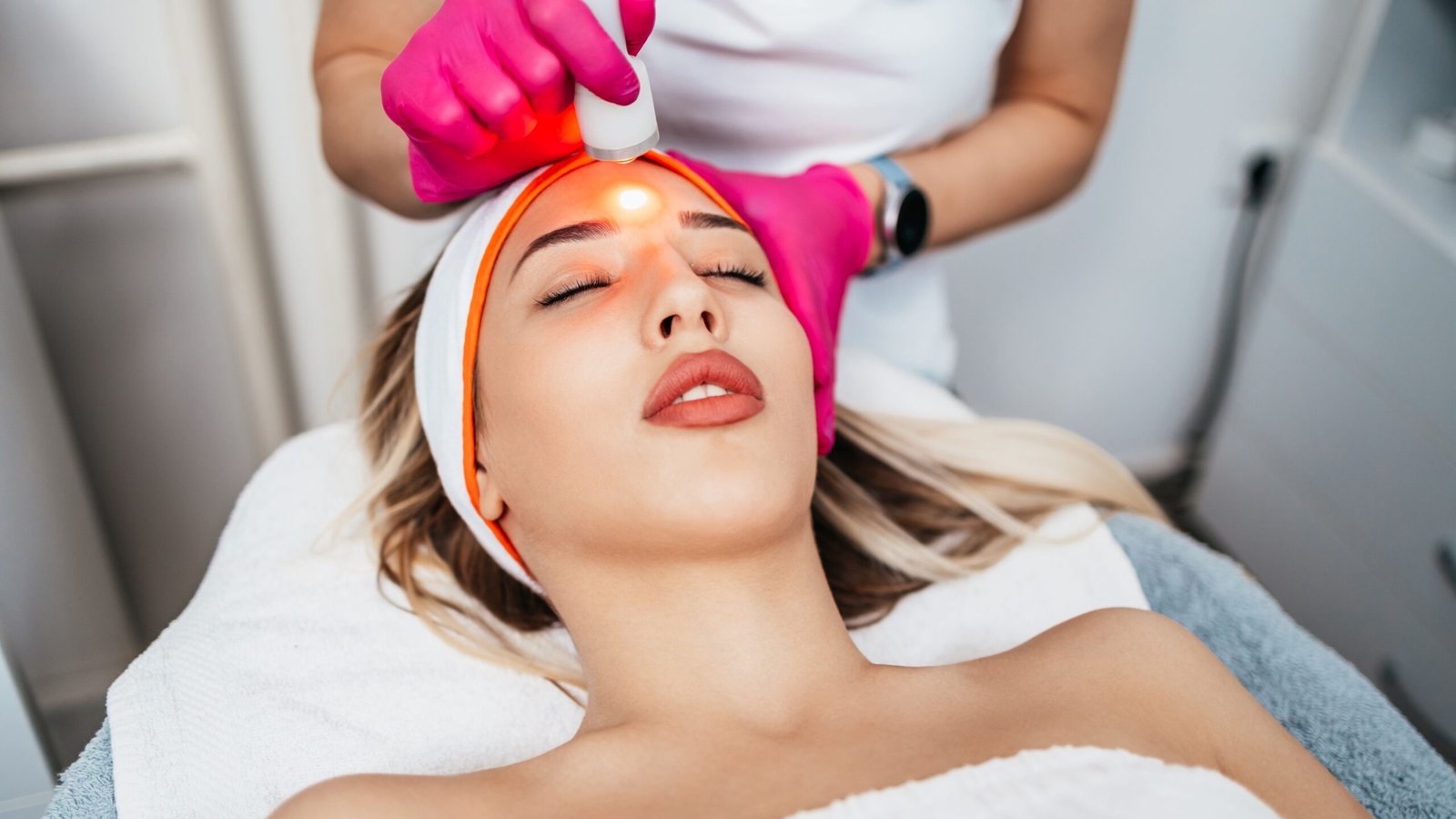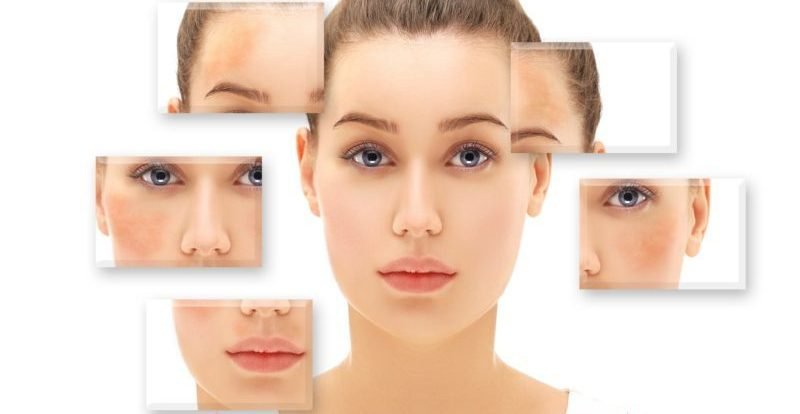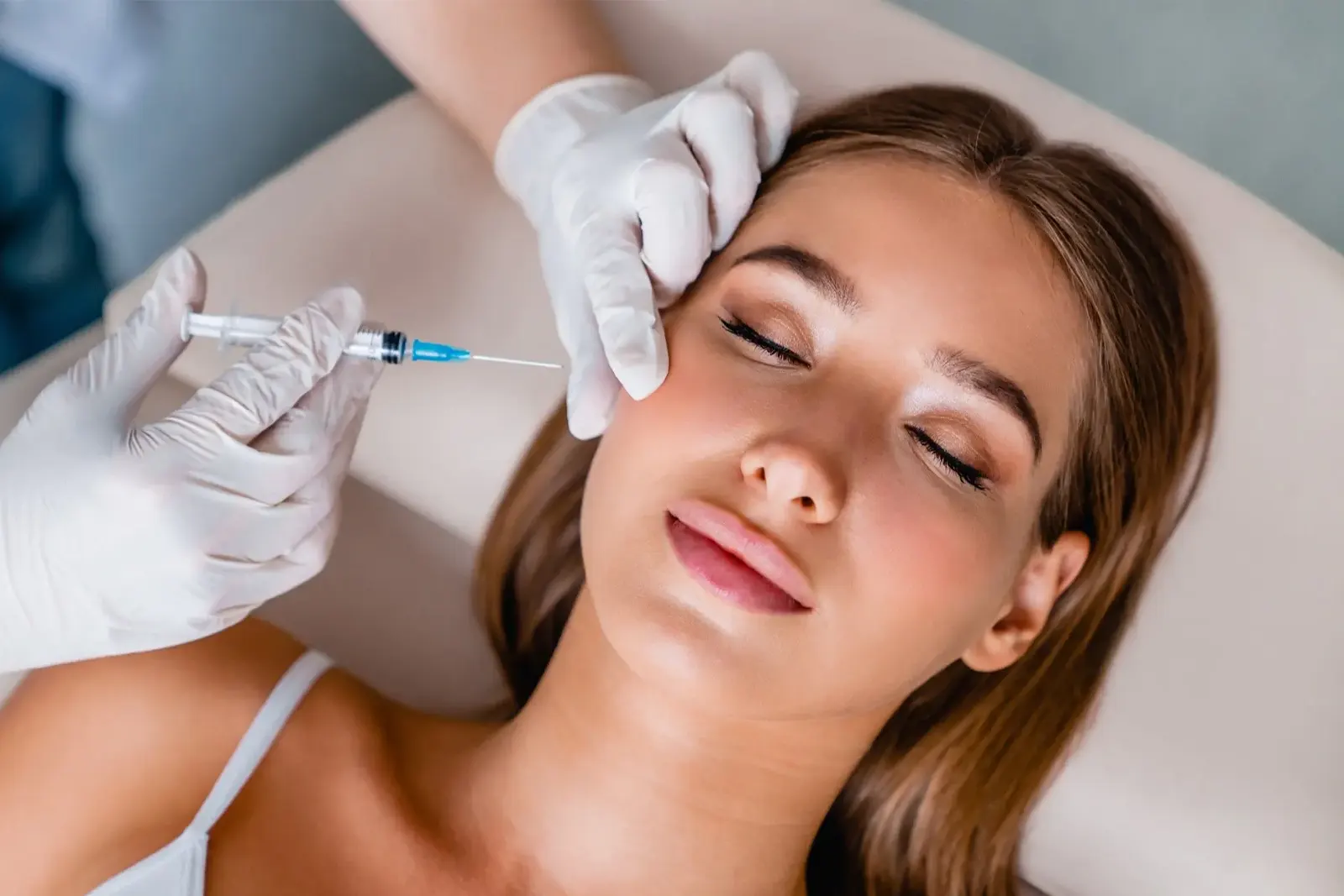Rhinoplasty, commonly referred to as a nose job, is a surgical procedure designed to reshape or resize the nose for aesthetic or functional reasons. It can address issues such as a hump on the bridge, a bulbous tip, asymmetry, or breathing difficulties. Whether the goal is cosmetic enhancement or medical correction, rhinoplasty requires precision and careful planning. Patients often pursue this surgery to improve facial harmony or correct structural abnormalities stemming from birth defects, trauma, or previous surgeries. Rhinoplasty is one of the most frequently performed facial surgeries worldwide due to its potential to significantly enhance self-image and nasal function.
Types of Rhinoplasty:
There are several types of rhinoplasty, each tailored to the individual needs of the patient. Rhinoplasty in Dubai (تجميل الأنف في دبي) involves a small external incision at the base of the nose and provides full visibility of nasal structures, making it suitable for complex procedures. Closed rhinoplasty, on the other hand, involves incisions inside the nostrils and is often used for minor reshaping. Functional rhinoplasty focuses on improving breathing and correcting internal nasal structures such as the septum or nasal valves. Revision rhinoplasty addresses unsatisfactory outcomes from previous surgeries. The type of procedure chosen depends on the goals, anatomy, and complexity of the case.
Benefits of Rhinoplasty:
Rhinoplasty offers numerous benefits that go beyond cosmetic improvement. One of the most significant advantages is enhanced facial symmetry, which can lead to increased self-confidence and positive body image. For individuals with congenital defects or injuries, the procedure can restore normal appearance and function. Additionally, those who suffer from breathing problems due to a deviated septum or nasal obstruction often experience significant relief after surgery. Rhinoplasty can also correct snoring and improve sleep quality in some cases. Overall, the physical and psychological benefits often result in a substantial improvement in quality of life.
Potential Risks and Complications:
Like any surgical procedure, rhinoplasty carries risks. Common side effects include swelling, bruising, and temporary numbness around the nose and eyes. More serious complications, though less frequent, can include infection, difficulty breathing through the nose, unsatisfactory results, scarring, or asymmetry. In some cases, patients may require a secondary or revision surgery to correct these issues. Anesthesia reactions, bleeding, and septal perforation are also rare but possible complications. It’s essential for patients to have realistic expectations and understand that full results may take up to a year to be completely visible, as the nose continues to refine during the healing process.
The Recovery Process:
Recovery from rhinoplasty varies by individual and procedure type. Most patients can expect initial swelling and bruising to subside within the first two weeks. During this time, it’s important to avoid strenuous activities, blowing the nose, or wearing glasses that rest on the nose. Splints or bandages may be placed to support the new structure and are typically removed within a week. While visible signs of surgery may resolve relatively quickly, internal healing takes longer. Final results may not be fully apparent for 6 to 12 months. Following post-operative care instructions diligently helps reduce complications and ensures optimal outcomes.
6. Ideal Candidates for Rhinoplasty
Not everyone is a suitable candidate for rhinoplasty. Ideal candidates are individuals who are in good overall health, have completed facial growth (typically after age 16-18), and have specific concerns that can be realistically addressed through surgery. Psychological readiness is also critical—patients should be pursuing the procedure for personal reasons rather than external pressure. A clear understanding of the potential results, limitations, and healing process contributes to satisfaction with the outcome. Additionally, individuals with chronic conditions such as uncontrolled diabetes, bleeding disorders, or poor skin quality may require special consideration before undergoing the procedure.
Making an Informed Decision:
Deciding to undergo rhinoplasty should be the result of thoughtful consideration and a clear understanding of the potential benefits and risks. While the procedure can produce life-changing results, it’s not a decision to be taken lightly. Prospective patients should educate themselves about all aspects of the surgery, including the types of rhinoplasty available, the recovery timeline, and potential complications. Realistic expectations and a positive outlook can greatly influence both the experience and final outcome. Rhinoplasty remains a powerful tool in aesthetic and functional facial surgery when approached with proper preparation and realistic goals.
Psychological Impact of Rhinoplasty:
The psychological benefits of Rhinoplasty in Dubai (تجميل الأنف) can be profound, especially for individuals who have felt self-conscious about their nose for years. For many, improving the appearance of their nose leads to enhanced self-esteem and a more positive self-image. This boost in confidence can extend beyond physical appearance, affecting social interactions, career choices, and even relationships. However, it’s crucial for patients to approach rhinoplasty with realistic expectations. Overestimating the impact of the surgery or seeking perfection can lead to dissatisfaction. In some cases, patients may experience emotional challenges during the recovery process, particularly as the results evolve. Ensuring psychological readiness before the surgery is essential for achieving a positive outcome.
Rhinoplasty and Aging:
As we age, the structure of the nose can change, with the tip potentially drooping and the skin losing its elasticity. Rhinoplasty isn’t only for those seeking aesthetic enhancement or correction after injury; it can also be an option for older adults who want to address changes that come with aging. In these cases, the goal is often to maintain or restore a youthful appearance, aligning the nose with other facial features. It’s important to note, however, that older patients may experience slower healing or more pronounced scarring due to reduced skin elasticity and underlying tissue changes. Consulting with a surgeon who specializes in age-specific rhinoplasty can help set realistic expectations and determine if this surgery is a viable option for older adults.
Non-Surgical Alternatives:
For individuals who are hesitant to undergo surgery, non-surgical alternatives to rhinoplasty have become increasingly popular. Non-surgical rhinoplasty involves the use of injectable fillers to temporarily reshape the nose, smooth out bumps, or correct asymmetry. This option is ideal for those who want subtle changes without the downtime associated with surgery. However, the results are temporary, usually lasting between six months to a year, and cannot address structural issues like a deviated septum or internal obstructions. Non-surgical options may serve as a “trial run” for those considering a permanent procedure, but it’s important to understand the limitations compared to the surgical approach.
Combining Rhinoplasty with Other Facial Surgeries:
Rhinoplasty can be combined with other facial procedures for those seeking a more comprehensive facial rejuvenation. For example, patients often opt for facelift surgery in conjunction with rhinoplasty to address aging concerns while simultaneously refining their nose. Chin augmentation may also be performed alongside rhinoplasty to create better facial balance. Combining procedures can often reduce the need for multiple recovery periods and provide more dramatic, harmonious results. However, combining surgeries can increase the complexity of the recovery process, and it’s crucial to discuss with a qualified surgeon whether multiple procedures are appropriate based on individual goals and health conditions.
The Importance of Post-Operative Care:
Post-operative care plays a vital role in the success of rhinoplasty. After surgery, patients will need to follow strict guidelines for care to minimize the risk of complications and promote healing. This includes keeping the head elevated, taking prescribed medications, and attending follow-up appointments. Avoiding direct sunlight and strenuous activity is essential for the first few weeks, as it can impact healing. Gentle facial cleansing and avoiding makeup on the nose are also important during the recovery period. Maintaining communication with the surgeon about any concerns during recovery can help address potential issues early and ensure the best outcome.
Conclusion:
Rhinoplasty is a transformative procedure that can offer significant benefits, both aesthetically and functionally. Whether you’re seeking to enhance your facial harmony, correct breathing issues, or address the effects of aging or injury, rhinoplasty provides a customizable solution. However, as with any surgery, it’s essential to understand both the potential benefits and the risks involved. Thorough research, realistic expectations, and proper post-operative care are all crucial factors in achieving successful outcomes. While the decision to undergo rhinoplasty is deeply personal, with careful planning and informed choices, the procedure can enhance not only your appearance but also your overall quality of life. Always consult with experienced professionals to ensure that rhinoplasty is the right option for you and that your goals align with what the procedure can realistically achieve.
















Leave a Reply